-
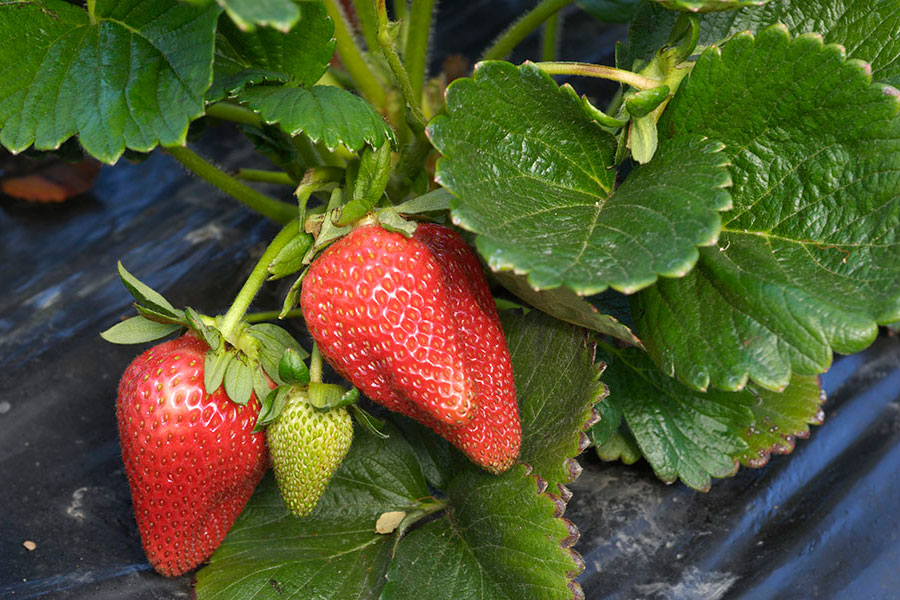 The 2024 edition of this regional integrated pest management guide provides recommendations for strawberry plasticulture production in the Southeastern U.S. Recommendations are based on information from the manufacturer’s label and performance data from research and Extension field tests. This publication is intended for use only as a guide. Specific rates…
The 2024 edition of this regional integrated pest management guide provides recommendations for strawberry plasticulture production in the Southeastern U.S. Recommendations are based on information from the manufacturer’s label and performance data from research and Extension field tests. This publication is intended for use only as a guide. Specific rates…|
-
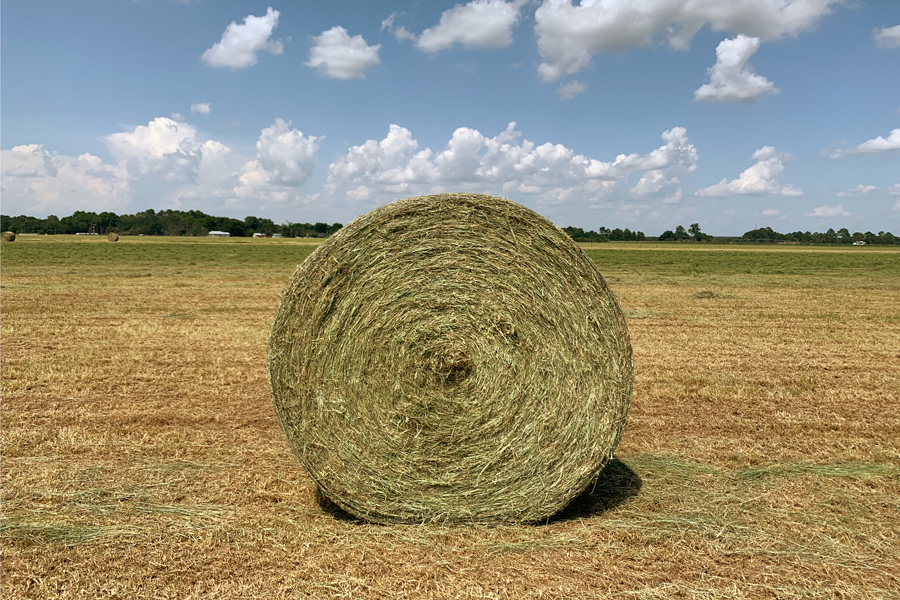 This circular is useful for anyone working directly with livestock producers on interpreting and using forage reports. It also provides a “checklist” for taking forage samples from hay or baleage bales. It summarizes how to properly collect a forage sample, read the basic components of the lab’s report, and use…
This circular is useful for anyone working directly with livestock producers on interpreting and using forage reports. It also provides a “checklist” for taking forage samples from hay or baleage bales. It summarizes how to properly collect a forage sample, read the basic components of the lab’s report, and use…|
-
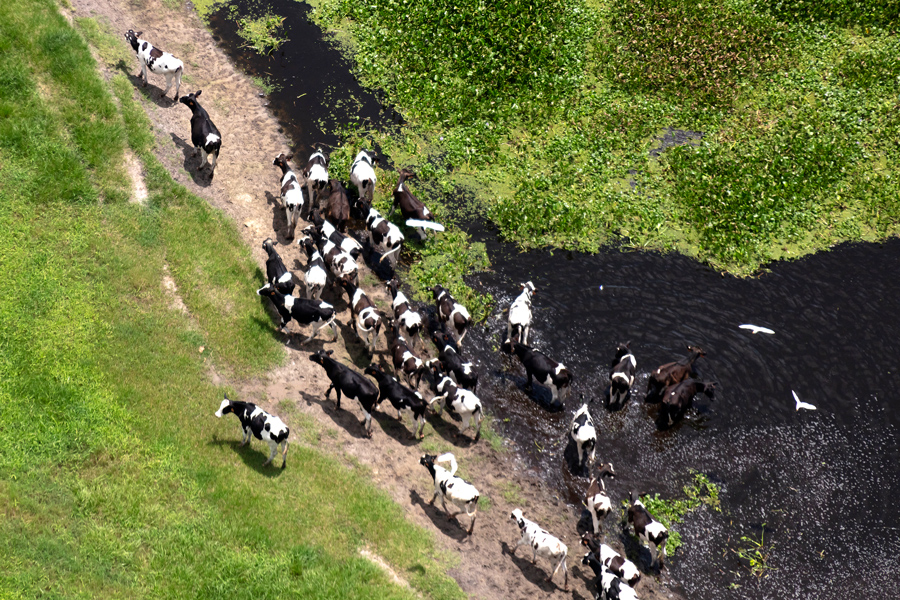 Allowing dairy cows the opportunity to graze pasture is a practice frequently used by dairy producers. Some producers use grazing as the primary source of forage while others use it as a supplement to a partial total mixed ration (pTMR). There are several challenges associated with grazing—especially during periods of…
Allowing dairy cows the opportunity to graze pasture is a practice frequently used by dairy producers. Some producers use grazing as the primary source of forage while others use it as a supplement to a partial total mixed ration (pTMR). There are several challenges associated with grazing—especially during periods of…|
-
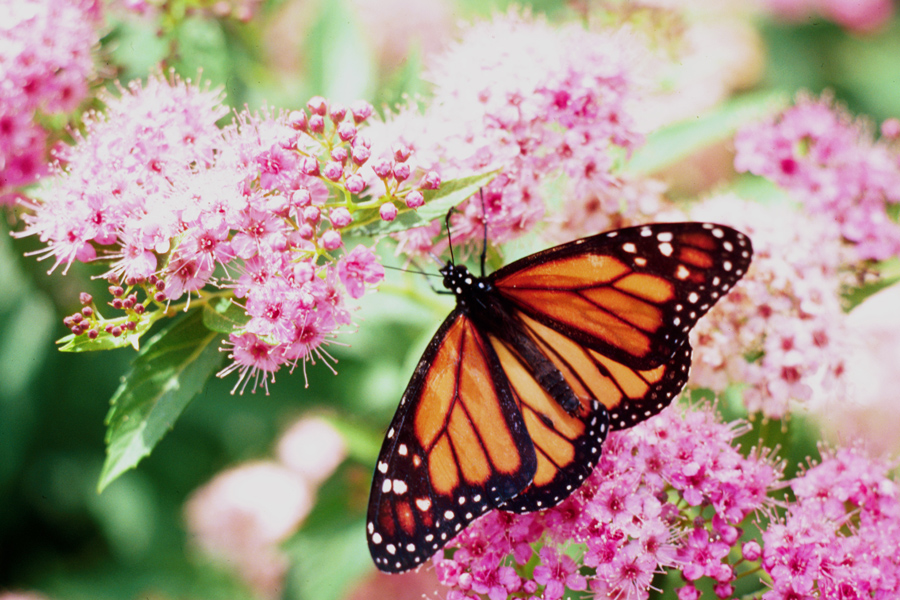 A classic example of a North American species that undergoes a great migration is the monarch butterfly, Danaus plexippus Linnaeus. Monarchs travel on air currents and cross more than 3000 miles in winter to reach their overwintering sites. Monarch butterfly populations are showing a declining trend. As the overwintering habitat…
A classic example of a North American species that undergoes a great migration is the monarch butterfly, Danaus plexippus Linnaeus. Monarchs travel on air currents and cross more than 3000 miles in winter to reach their overwintering sites. Monarch butterfly populations are showing a declining trend. As the overwintering habitat…|
-
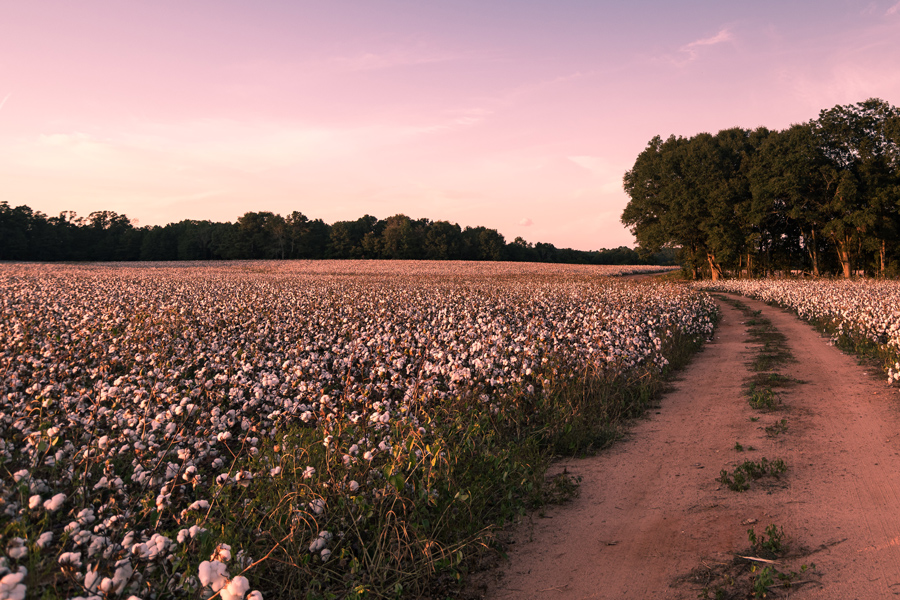 Cotton defoliation is a complex production decision with many chemical options to consider. Harvest aids are utilized to prepare the crop for machine harvest, and timely defoliation and harvest of cotton can reduce weathering losses (yield and quality) and decrease trash in the lint. A basic knowledge of crop development…
Cotton defoliation is a complex production decision with many chemical options to consider. Harvest aids are utilized to prepare the crop for machine harvest, and timely defoliation and harvest of cotton can reduce weathering losses (yield and quality) and decrease trash in the lint. A basic knowledge of crop development…|
-
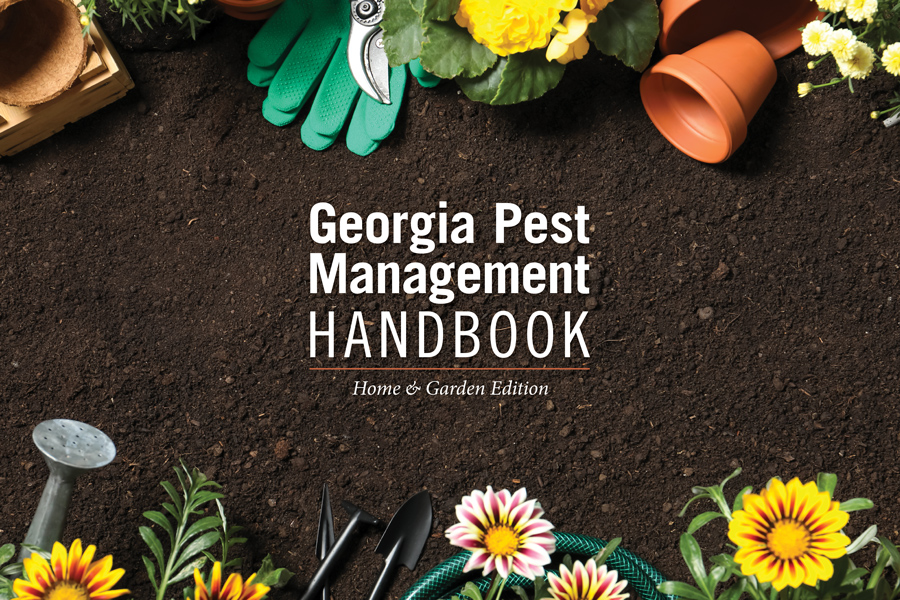
SB 48-13
Vertebrate Pest Control
This section of the Home & Garden Edition covers control of vertebrate pests such as beavers, chipmunks, deer, and bats, as well as repellents and how to manage reptiles, amphibians and birds. Note that prior to killing protected animals in Georgia, it is necessary to obtain a permit from the…|
-
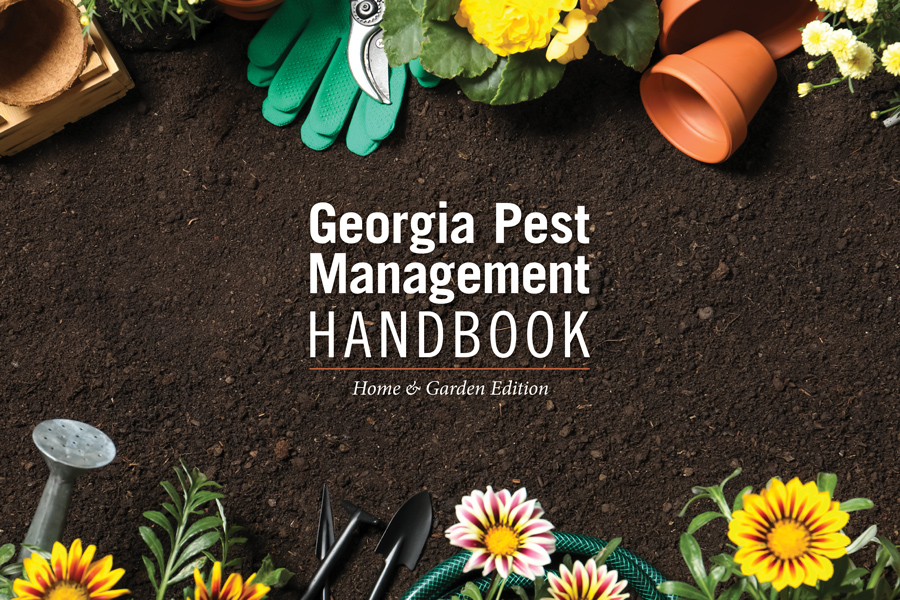
SB 48-12
Vegetables
This section of the Home & Garden Edition covers insect, weed, and disease control in home garden vegetables. Beginning in 2022, the Home & Garden Edition has been updated biennially. When purchasing a product based on a first-year recommendation of the Handbook, check the current product label before purchase to…|
-
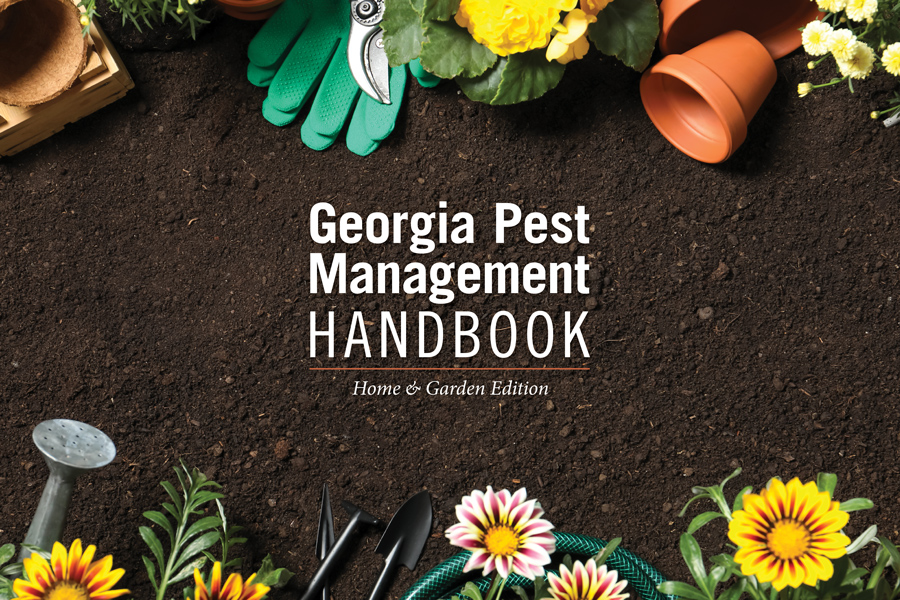
SB 48-11
Turf
This section of the Home & Garden Edition covers insect, disease, and weed control in home turfgrass. Care should be taken when using insecticides around any flowering plants when bees are actively foraging. Timing sprays for late afternoon and evening will minimize risks from broad-spectrum contact insecticides. Beginning in 2022,…|